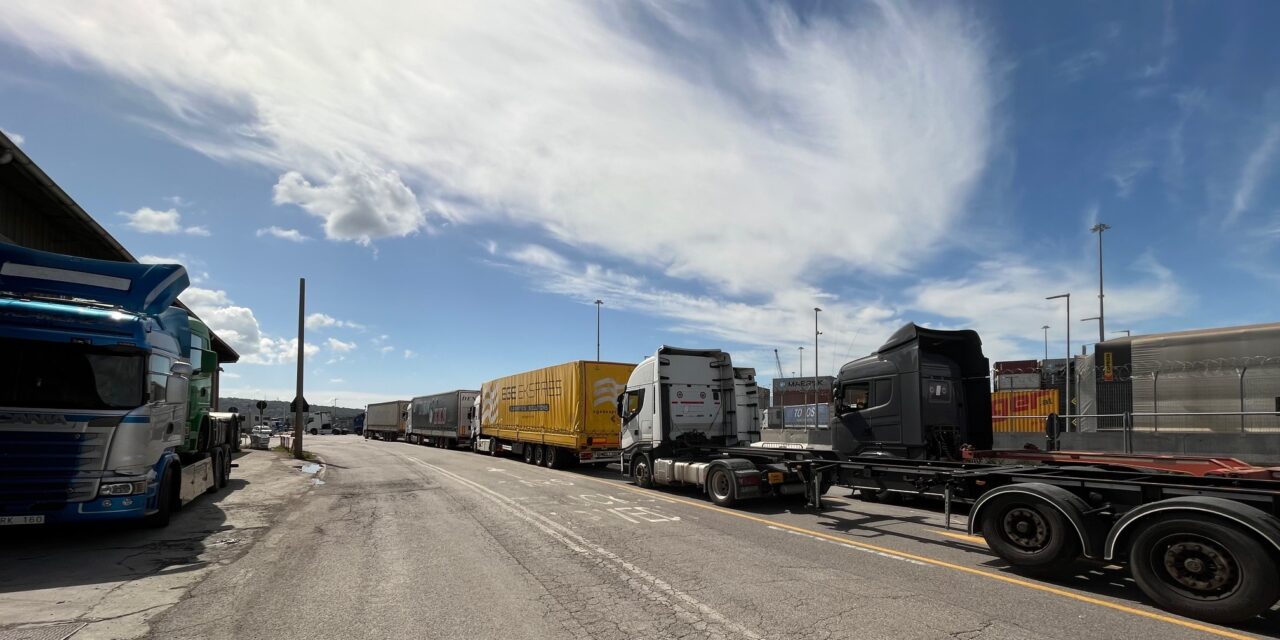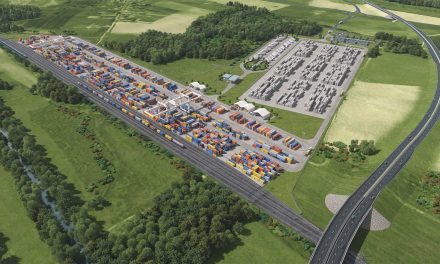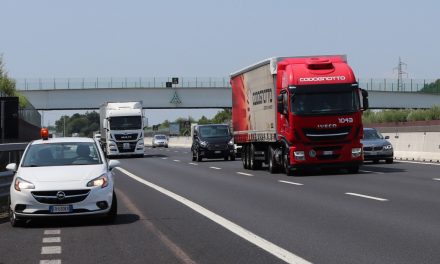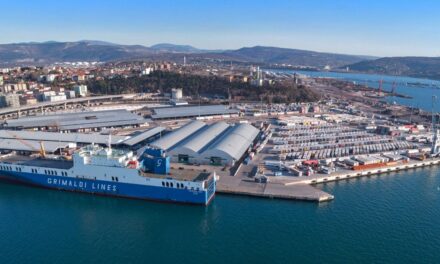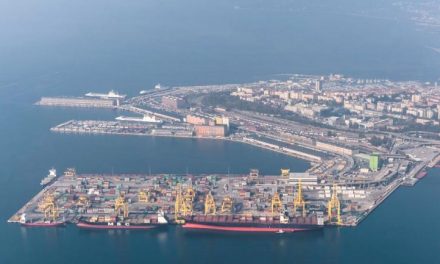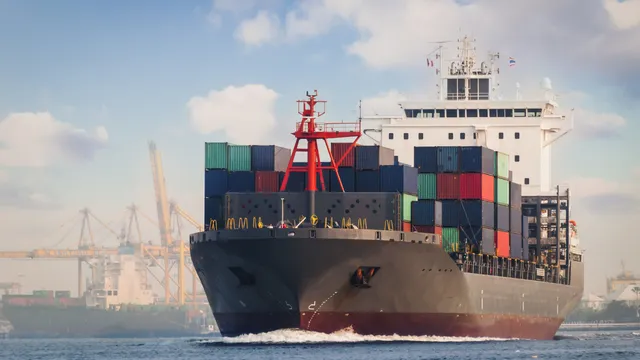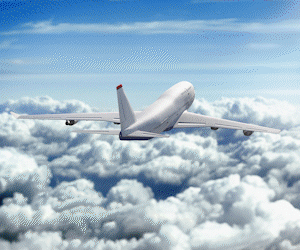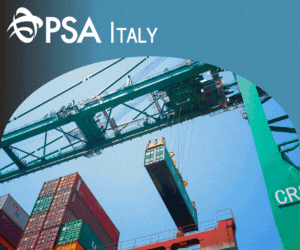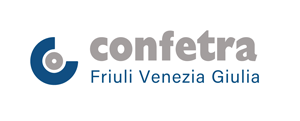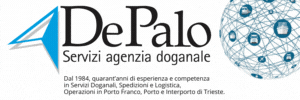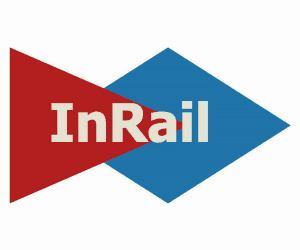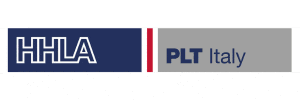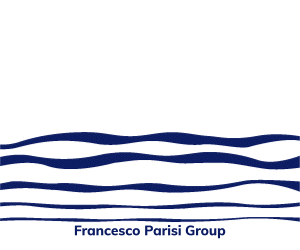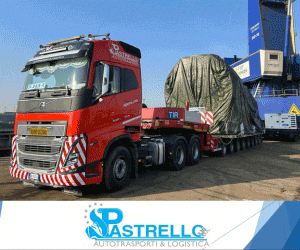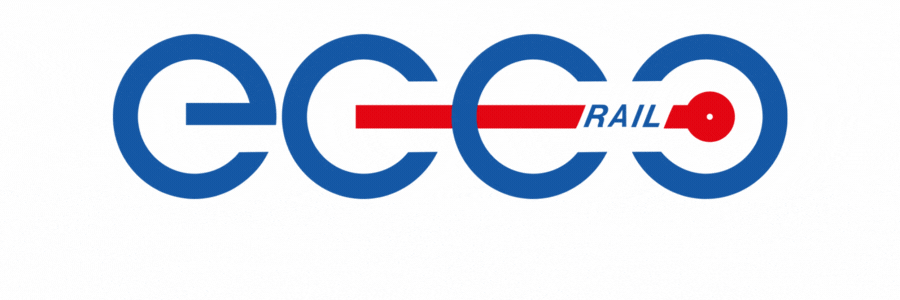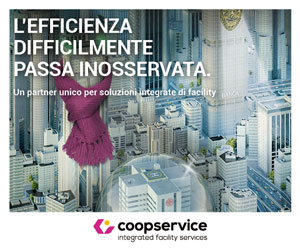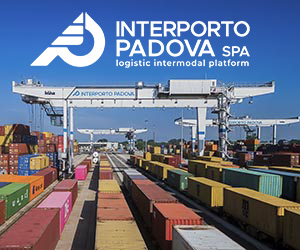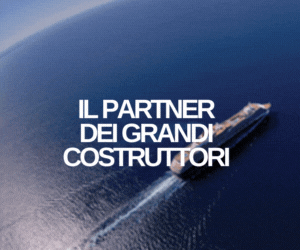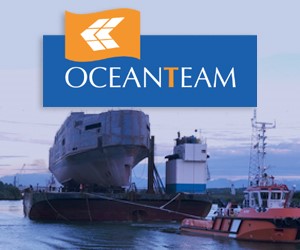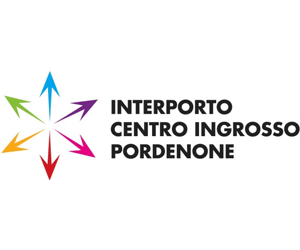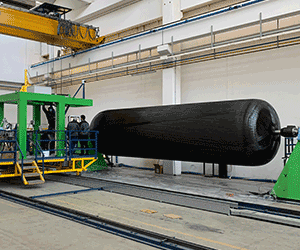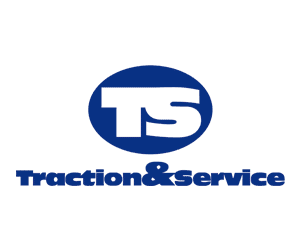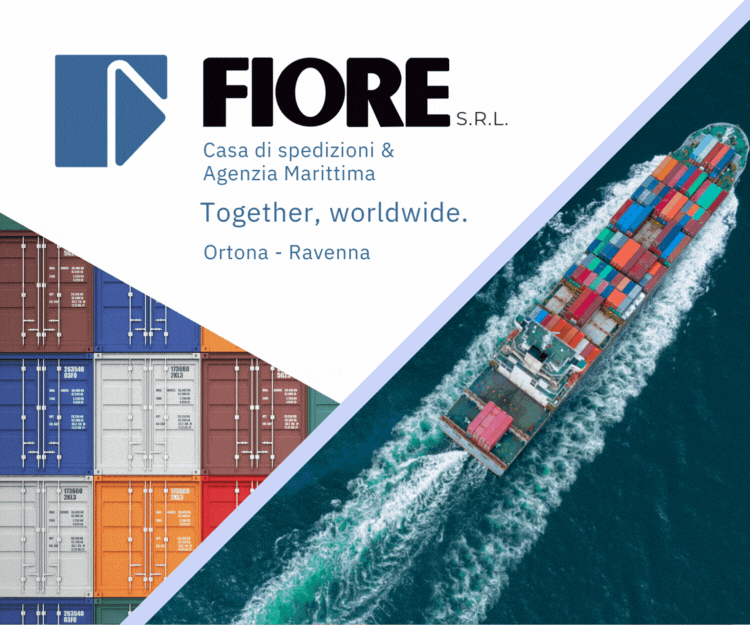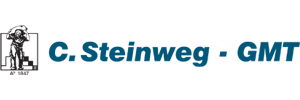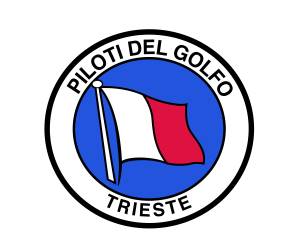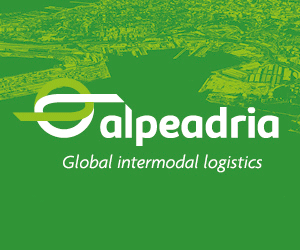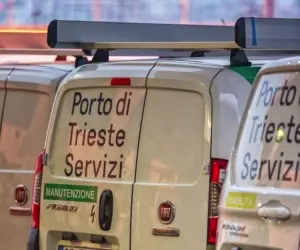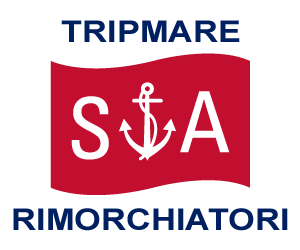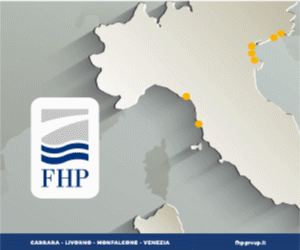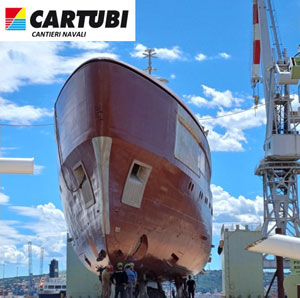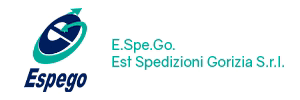TRIESTE – Too many delays and difficulties entering and exiting the terminals of the Port of Trieste, particularly the Logistics Platform. The long-simmering frustration of truck drivers has now led to the creation of a technical working group to reassess the entire access system to the port.
Although there are many issues to address, Rita Rapotez, president of the transport sector at Confartigianato FVG, explains that the current focus is on the Logistics Platform managed by HHLA Plt Italy. The increase in traffic at the terminal, driven by recent developments involving Grimaldi and Maersk, has made the management of gate operations nearly unbearable for trucking companies.
“Some companies have even stopped serving PLT,” says Rapotez, who also heads a transport firm, “while others have started applying surcharges to customers, creating problems especially in the case of existing contracts. We need to ensure drivers’ safety and cost control, because waiting times are essentially lost time.”
What’s new—considering that local hauliers have raised concerns about operations at various terminals before—is that this time the protest also involves members of FAI (Italian Road Hauliers’ Federation) and ANITA, the National Road Transport Association under Confindustria, which includes companies like Autamarocchi.
In fact, the process started back in February, following congestion, delays, and prolonged waiting times that have made it increasingly difficult for hauliers to do their jobs. “We requested and secured a technical roundtable with the Port Authority’s top management in early April to monitor the situation. We believe the Authority,” Rapotez continues, “can act as a guarantor in solving the issue, as it has done in the past.
Right now, the priority is the Logistics Platform, because the arrival of Grimaldi and Maersk vessels has pushed waiting times to absurd levels. We need to understand what the terminal operator intends to do. A solution is being considered that would create two inbound and two outbound lanes, but I believe the problems also stem from internal operational issues.
Until now, we’ve endured the situation, but it has clearly worsened. There’s concern across the entire logistics chain—not just among hauliers.”
According to the Confartigianato representative, other terminals are not exempt from the same issues. Their representatives also took part in the meeting with the Port System Authority.
“At Trieste Marine Terminal (Molo VII, container terminal), a few years ago the problems were quite significant, but the monitoring system that has since been introduced is extremely helpful: if a driver reports a delay, TMT can track and assess the situation.
Though at times, the problems relate to Gate 4, the main port entry point. At Samer Seaports (Ro-Ro terminal for Turkish traffic), we hope a collaborative process will begin as soon as possible.”
Nonetheless, the attitude of the trucking community remains constructive, Rapotez stresses: the goal is to resolve the issue without losing traffic—a priority shared by all stakeholders involved.



